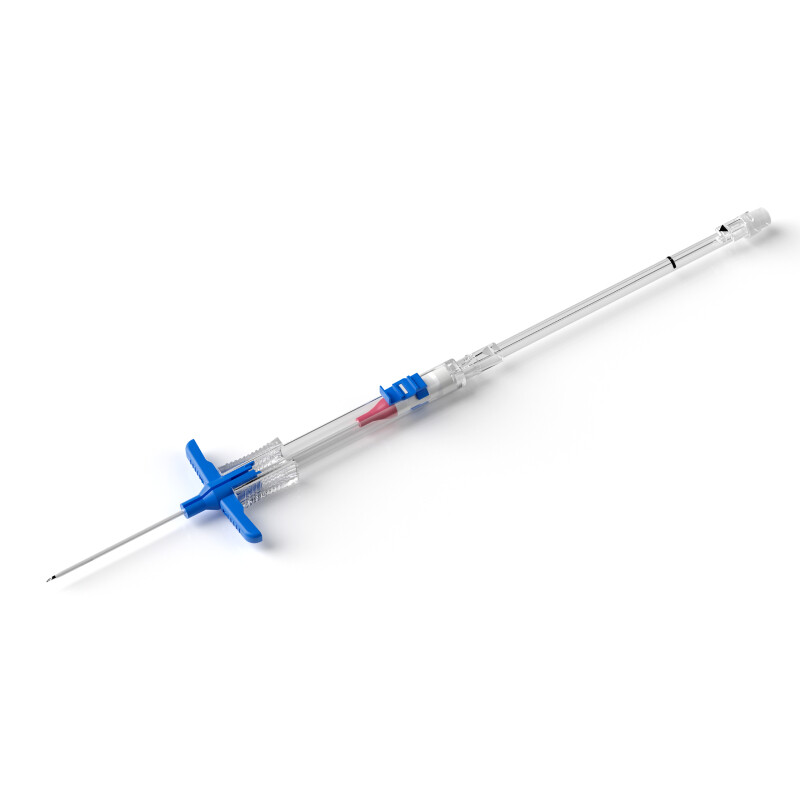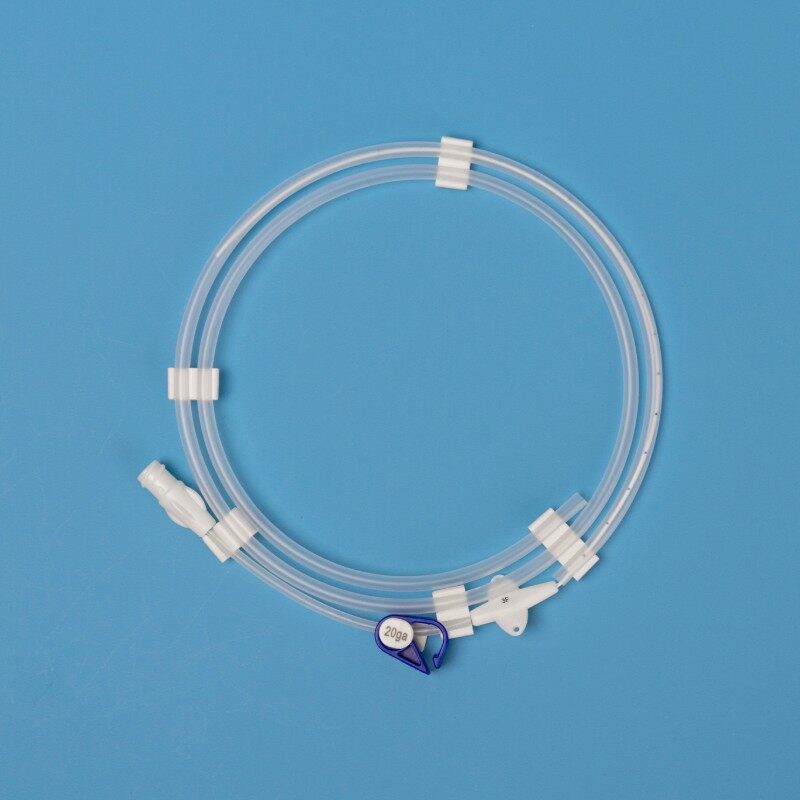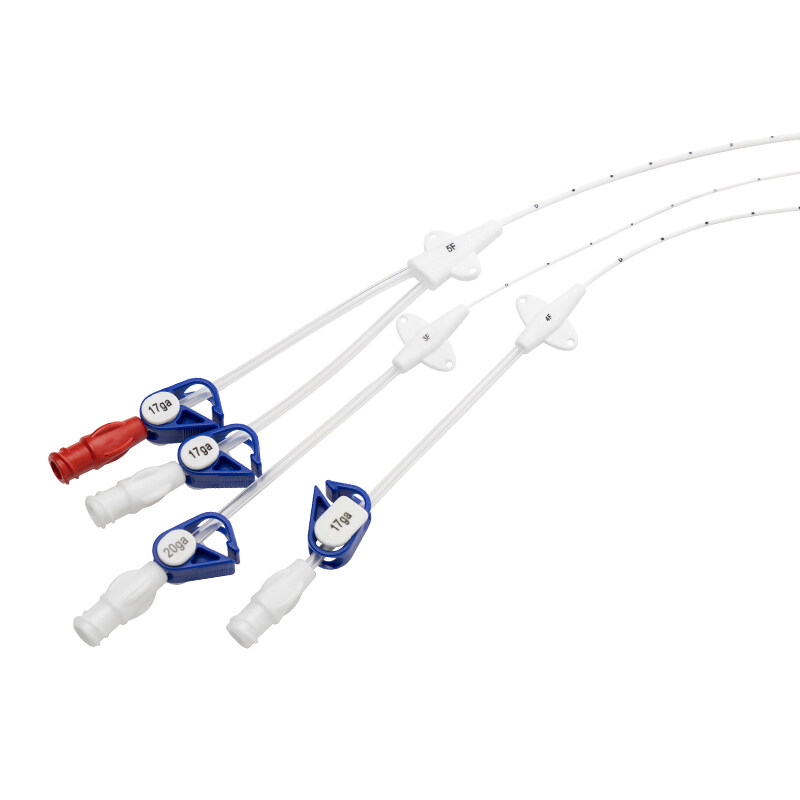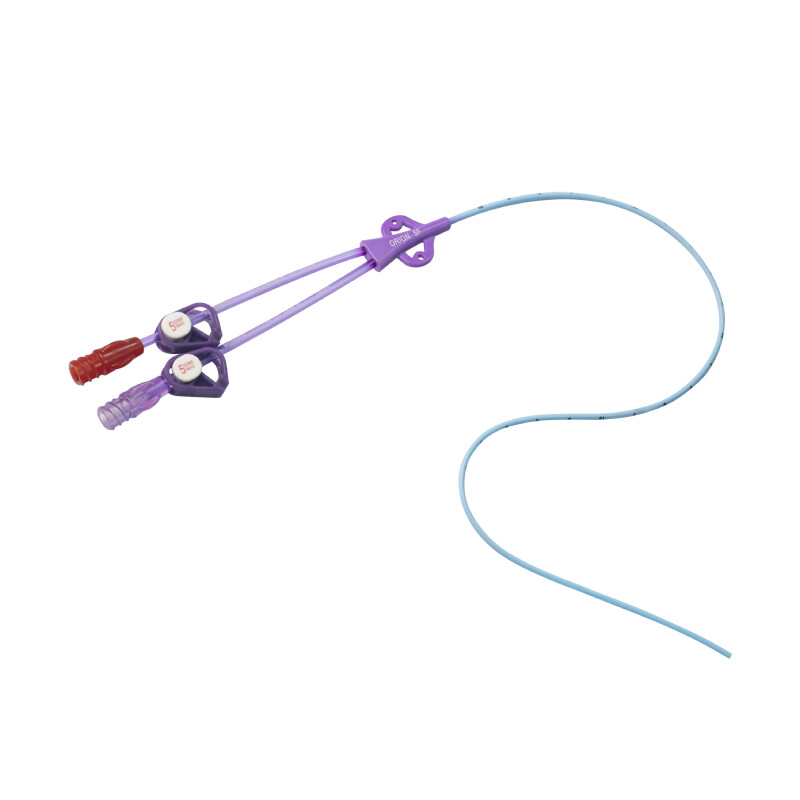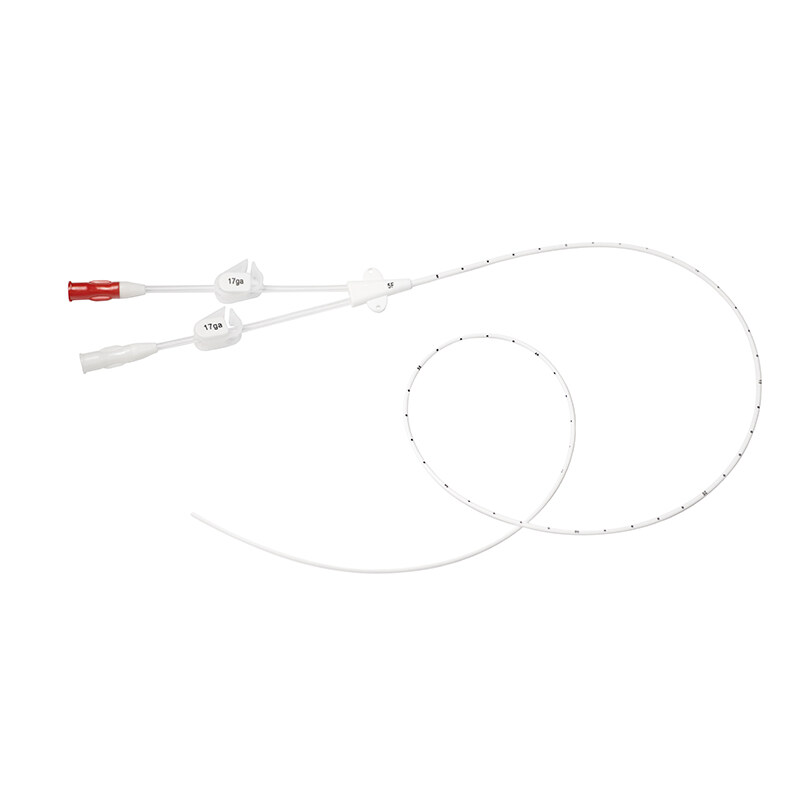MIDLINE CATHETER
Here, we provide you with the information you need to know about midline catheters, their definition, usage, care, and more.
Midline Catheter Definition
What is a midline catheter? A midline catheter is a type of intravenous catheter that is inserted into a patient's arm and advanced through the vein until it reaches the midline of the upper arm. It is used for the administration of medications, fluids, and blood products over a period of several days to weeks. A midline catheter is currently widely used in clinical practice.
Midline catheter insertion procedure should be ultrasound-guided by an experienced operator to ensure large-caliber basilic or brachial veins are selected to avoid thrombosis.
Midline Catheter Kit
A midline catheter kit includes all the necessary components for midline catheter placement, including the catheter itself, a needle, a guidewire, a dilator, and a catheter securing device.
The Dwell Time for Midline Catheters
How long can a midline catheter stay in place? The dwell time for midline catheters varies depending on the patient's condition and the reason for the catheter placement.
A midline catheter usually dwells time is 14 days, but a midline can last up to 30 days in certain circumstances. The midline catheter duration time is just between standard IV and peripherally inserted central venous catheter, so it's the best choice for those who need 7-30 days of therapy.
Midline Catheter Placement
Midline catheter placement involves inserting a catheter into a patient's arm and advancing it through the vein until it reaches the midline of the upper arm. The midline catheter insertion procedure is typically performed under ultrasound guidance.
Midline Catheter Care
Proper care of midline catheters is essential to prevent infections and complications. This includes cleaning the catheter site daily, flushing a midline catheter regularly with saline and heparin, and monitoring for signs of infection or other midline catheter complications.
Midline Catheter Removal
Midline catheter removal is a procedure that is typically performed by a healthcare provider in a clinical setting. Once the catheter is removed, a sterile midline catheter dressing will be applied to the site to protect it and promote healing.
After the catheter is removed, patients should continue to monitor the insertion site for signs of infection or other midline catheter complications. Proper wound care and follow-up monitoring are important for ensuring the best possible outcomes for patients.

